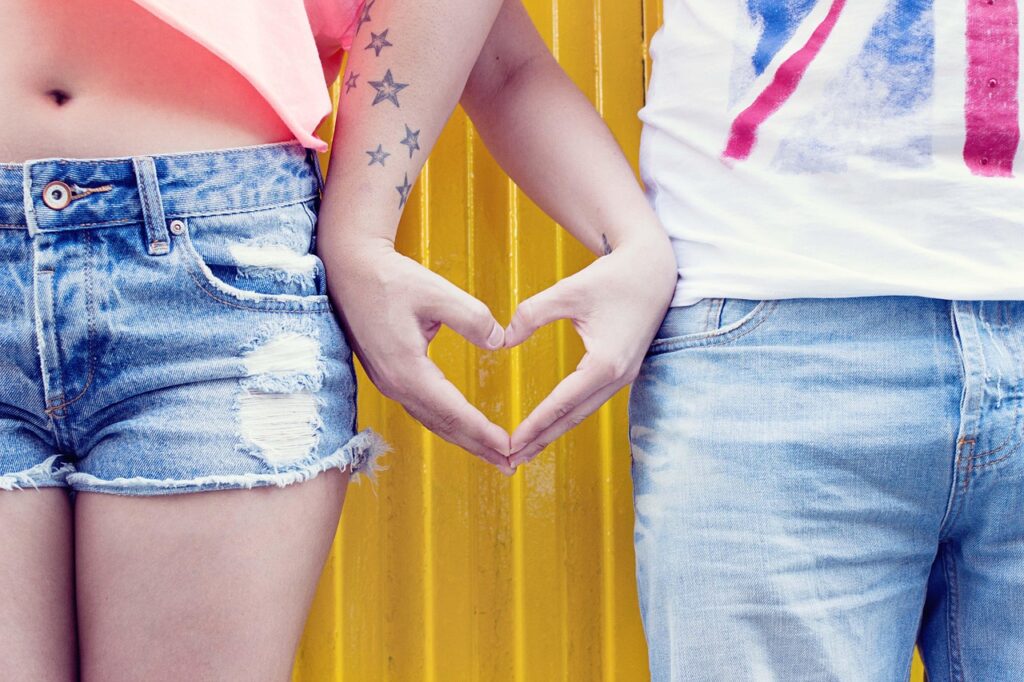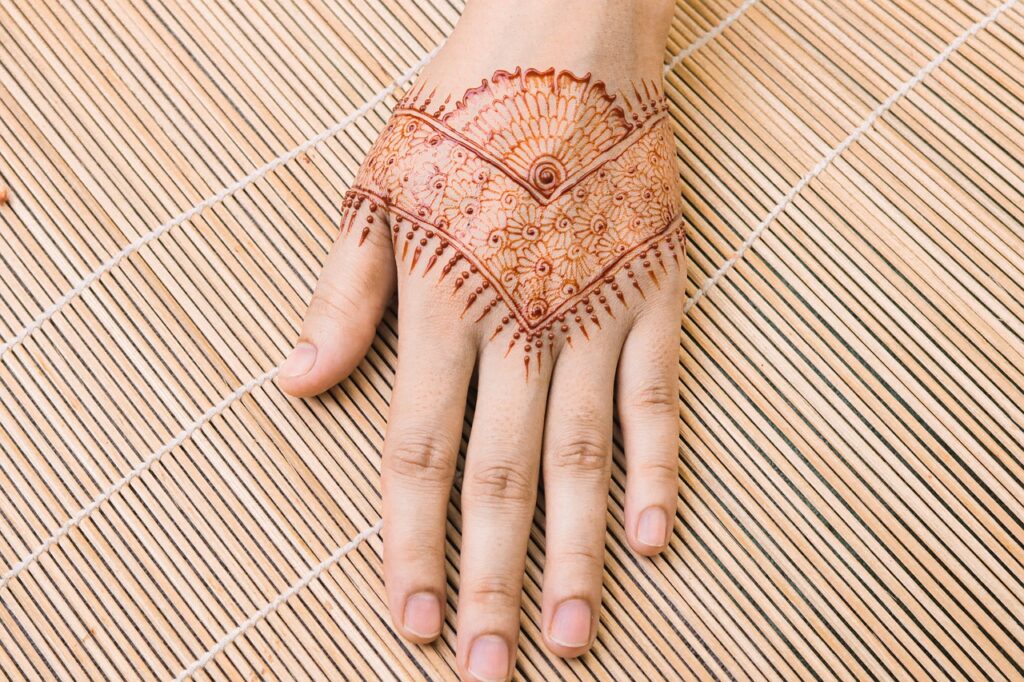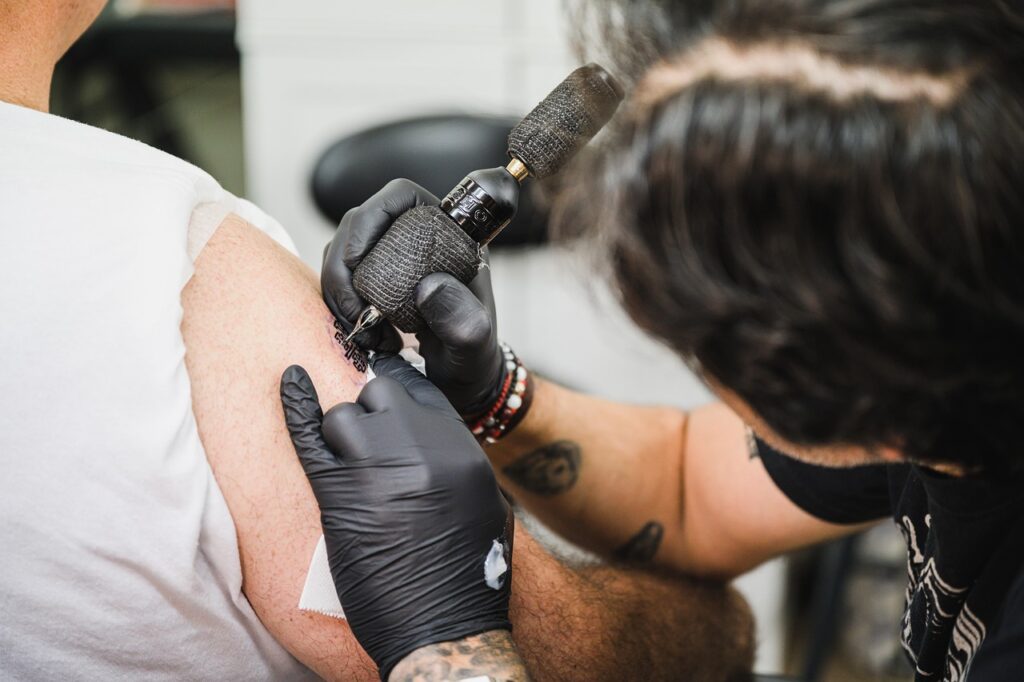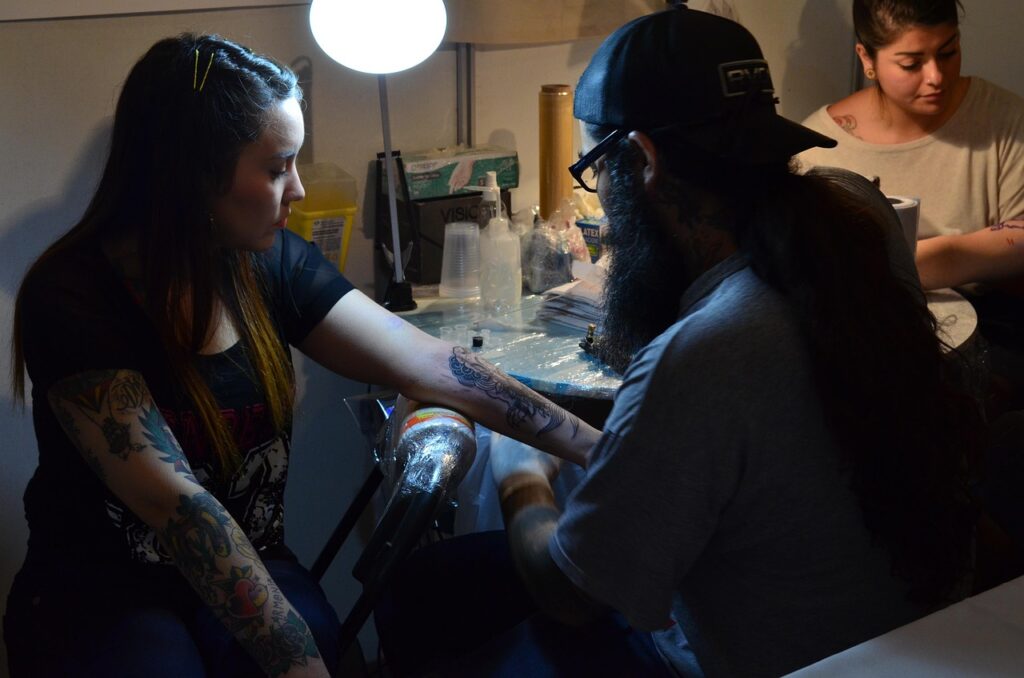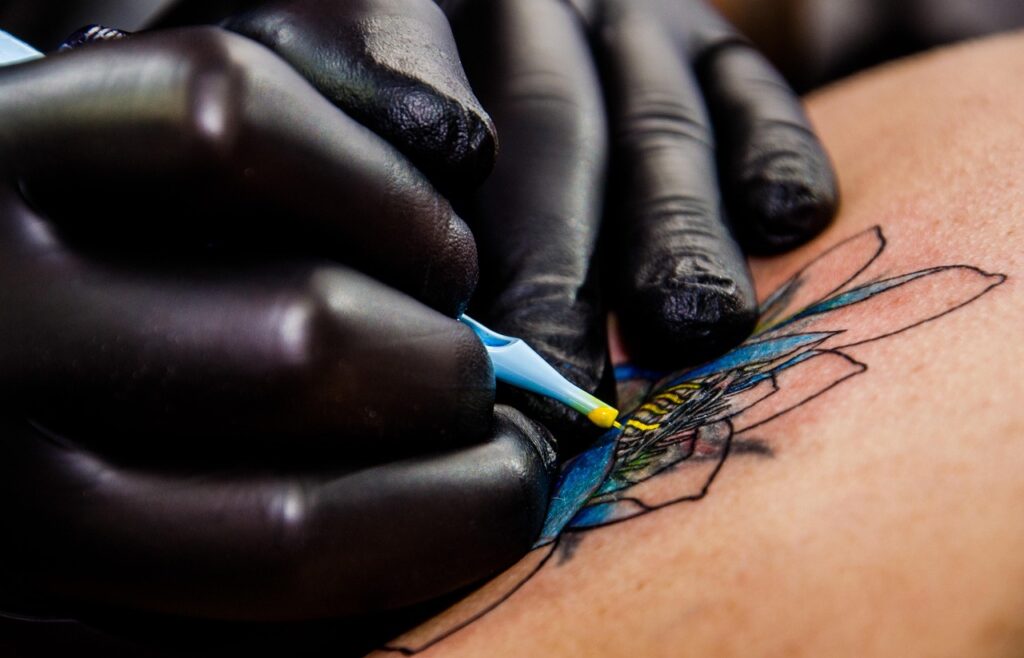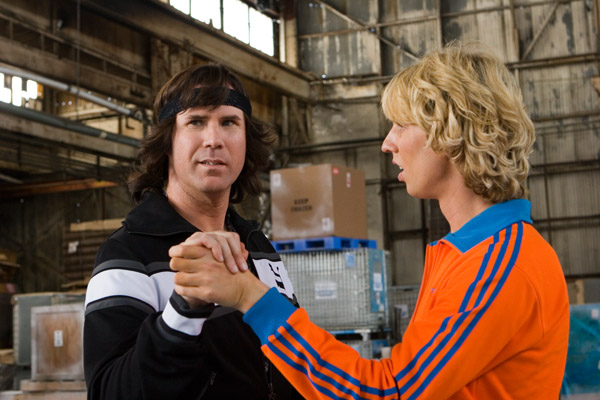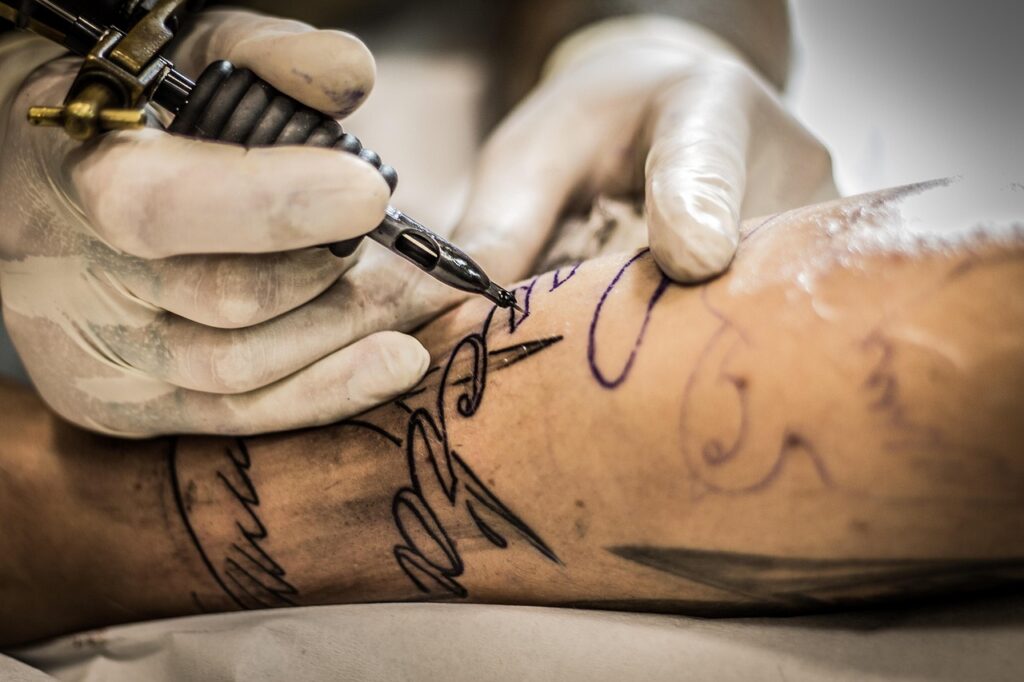
1. **Pop Culture Deep Cuts and Their Fading Magic**Who doesn’t love a good pop culture reference? For years, getting a tattoo that proclaimed your love for a beloved book series, movie franchise, or band felt like the ultimate way to wear your heart on your sleeve. Millennial nostalgia, in particular, gave rise to a whole generation of Harry Potter, Disney, and infinity sign tattoos. These weren’t just designs; they were badges of honor, connecting you to a community and celebrating stories that shaped your youth. The allure was simple: these symbols felt timeless and deeply personal.
However, pop culture moves fast, and what’s hot today can feel a little uncool tomorrow. Remember the Deathly Hallows symbol? Once a must-have for any serious Potterhead, it has, as one piece of context bluntly states, “aged very poorly – obviously.” It’s a stark reminder that even iconic symbols can lose their luster when separated from their initial cultural moment. The issue isn’t just the design, but how its significance evolves, or devolves, over time.
Amy, a 22-year-old tattoo artist, perfectly captures this. She warns against anything “a trendy saying at the time, or a meme. You’ll regret it. Because all memes become cringey. Like, think of a meme from 2016 and it makes your spine curl.” This applies equally to many pop culture references. What felt genuinely meaningful or current can swiftly become a source of embarrassment, a permanent relic of a past obsession.
The disconnect lies in the contrast between a tattoo’s permanence and a trend’s ephemeral nature. As artist Phia Walla reminds us, “You’re not just getting an image marked in your skin… But a moment in time.” When that “moment in time” links to a specific pop culture phenomenon, its shelf life is often shorter than anticipated. For Gen Z, “hyper-specific pop culture references” are a common regret, highlighting the lasting consequences of celebrating fleeting fads on their skin.
Read more about: From Hollywood to Holywood: 14 Celebs Who Are Unapologetically Born-Again Christians (Their Stories Might Just Shock You)
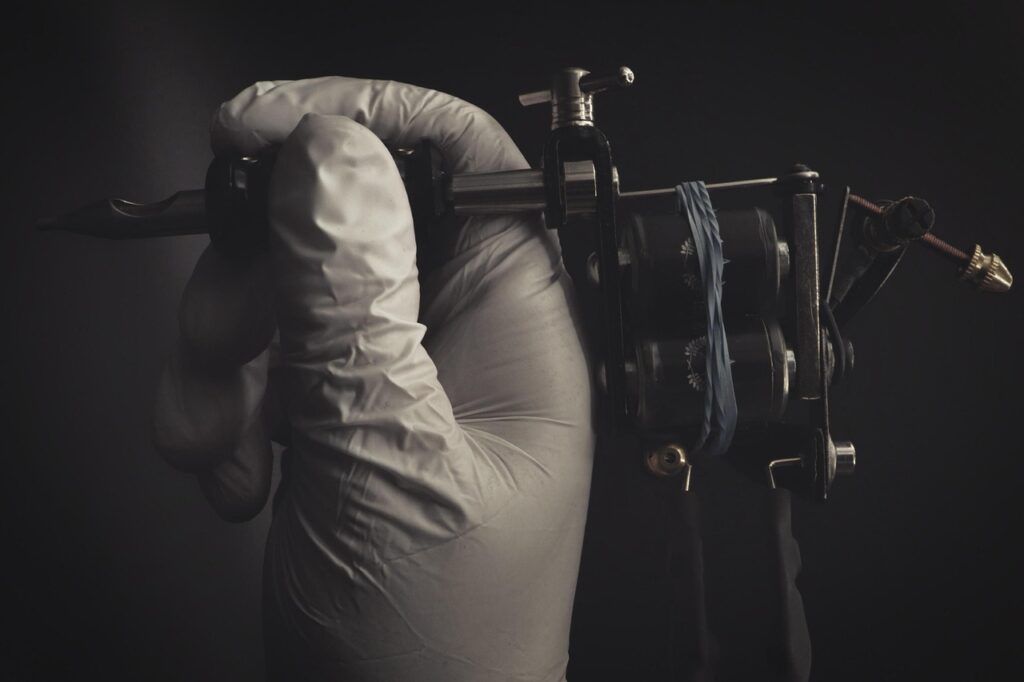
2. **The Ubiquitous Infinity Sign and Its Minimalist Kin**In the realm of tattoo trends, few designs have seen such widespread adoption – and subsequent saturation – as the infinity sign and its minimalist cousins. Think moons, stars, dots, arrows, astrology symbols, loved ones’ initials, or coordinates of special places. Samalandra, a 31-year-old artist, notes that “Minimal tattoos have become very popular over the last two years, too. Things like moons, stars, dots, arrows, astrology symbols, loved ones’ initials, coordinates of special places. These are usually in black ink and anywhere from behind the ear and the side of ribs to on fingers and toes.” The appeal is clear: they’re discreet, often seen as elegant, and carry a seemingly profound, yet often generic, meaning.
However, the very elements that made these designs popular – their simplicity and broad appeal – have ultimately led to their downfall. When everyone has the same “unique” symbol, it quickly loses its individuality. Amy, the 22-year-old tattoo artist, hits the nail on the head when she describes some tattoo trends as becoming “kind of basic.” She notes how these types of designs can become “tacky and old and… what’s that word? Cheugy.” The infinity sign, once a symbol of endless love, has been so overused that it now frequently appears on lists of regrettable ink.
The problem is compounded by platforms like Pinterest and Instagram, which make it incredibly easy to “replicate tattoos.” This leads to an explosion of “overused minimalistic symbols” that might initially feel personally significant, but soon blend into a sea of identical designs. What starts as an intimate expression can quickly become a generic accessory, stripped of its intended depth. The desire for a subtle, meaningful tattoo often gets lost in the sheer volume of identical images, making it difficult to feel truly connected.
When your “unique” constellation or arrow tattoo is one of millions, the magic, for many, simply fades. This leaves behind a design that, while not inherently offensive, just doesn’t feel special anymore. The social aspect of tattoos – how they are perceived by others – plays a role in how wearers feel about their ink. The dilution of their perceived individuality often contributes to a sense of regret.
3. **The Resurgence of the Tramp Stamp and Y2K Throwbacks**Fashion, as we know, is cyclical, and nothing embodies this quite like the recent resurgence of 1990s and Y2K aesthetics. This trend hasn’t just brought back low-rise jeans and crop tops; it’s also ushered in a wave of corresponding tattoo styles. Bea, a 23-year-old artist, confirms, “The 1990s and Y2K are back in and we’re definitely seeing that with tattoo trends. I’ve definitely been doing a lot of butterflies, tribal patterns, tramp stamps, barbed wire and all that good stuff from the 1990s.” What was once considered a relic of the past is now gracing the skin of a new generation, keen to embrace a retro-cool vibe.
The initial appeal of these designs is rooted in their edgy, rebellious, and distinctly nostalgic feel. For many, a tribal band or a barbed wire arm tattoo represents a youthful embrace of a specific cultural moment, mirroring the clothes and music of the era. Bea observes, “I think we take ourselves a lot less seriously now, so even though tattoos come round in trends, I don’t think they’ll be regretted.” There’s a certain carefree attitude that comes with a tattoo that “correlates with fashion at the minute,” feeling like a bold, stylish statement.
However, the inherent danger of correlating permanent body art with “fast fashion” trends is precisely what makes them ripe for regret. Amy succinctly points out, “These kinds of things become tacky and old and… what’s that word? Cheugy.” The speed at which fashion cycles now operate means that a tattoo inspired by a fleeting trend has an even shorter window of “coolness.” What felt cutting-edge one year can quickly feel incredibly dated, a permanent billboard for a trend that has passed its expiration date.
Indeed, the “cheeky tramp stamps of the early 2000s” are already famously cited as an early example of widespread tattoo regret. Sara Beth Clark warns young people that “trend cycles are moving even more rapidly: ‘Certainly this patchwork style isn’t going to be the cool thing forever and people are going to be like, ‘Oh, you got that in 2022.’'” The same warning applies to these Y2K throwbacks. While they might be all the rage today, their inherent link to a specific, rapidly cycling aesthetic makes them highly susceptible to becoming tomorrow’s “fade to shame” candidates.

4. **The Patchwork Craze: A Collection of Regrets?**One of the most rapidly ascending and subsequently questioned tattoo trends of the last five years has been the “patchwork” style. This aesthetic involves “clusters of uncoordinated flash tattoos rather than a cohesive sleeve,” essentially filling a section of the body with individual, often unrelated, designs. It’s a look that has captivated many, especially young women, with its eclectic, spontaneous, and seemingly effortless vibe. TikTok, predictably, has been a major platform for showcasing and propagating this particular trend, leading to its widespread adoption among Gen Z.
However, the very nature of patchwork tattoos often encourages impulsive decision-making, which artist Gabs Miceli identifies as a key contributor to regret. She notes that clients will sometimes “get multiple tattoos in one session to fill a section of the body,” effectively rushing the process. Miceli attributes this to people acting “more on impulse” and basing their tattoos on “what people think is attractive at the time,” often influenced by social media. This speed and volume of tattooing in a short timeframe leave little room for thoughtful consideration.
Miceli further elaborates on the core issue: “I think a lot of people don’t necessarily regret getting tattoos altogether, but regret the decision to stick to one similar style in such a high volume in such a short amount of time.” The lack of a cohesive plan or a deeper personal meaning behind each individual flash tattoo can eventually lead to a sense of visual clutter rather than curated self-expression. While a single flash tattoo might be charming, a high-density collection of them, acquired rapidly, can quickly overwhelm the canvas and the wearer’s evolving aesthetic.
The “patchwork” style notably re-entered popular conversation on TikTok recently “after young women expressed concern over how their tattoos would look in their wedding gowns.” These videos, often going viral, specifically “spotlight patchwork tattoos,” revealing a growing unease about how these once-trendy collections might clash with significant life milestones and traditional aesthetics. It’s a powerful indicator that what feels cool and spontaneous in your early twenties might present an unexpected challenge when facing future life events, prompting serious introspection and, for many, regret.
5. **The Delicate Dilemma of Tiny, Fine-Line Tattoos**In recent years, there’s been an undeniable explosion in the popularity of “really small tattoos with really thin lines.” This minimalist approach to body art, often seen as elegant, discreet, and chic, has captured the imagination of countless individuals looking for subtle self-expression. Lucie, a 24-year-old tattoo artist, explicitly states, “More and more people want really small tattoos, and tattoos with really thin lines.” These delicate designs often appear on fingers, wrists, behind the ear, or along the ribs, promising a refined aesthetic that blends seamlessly with one’s natural skin.
However, the inherent challenge with such intricate and tiny work lies in the very nature of human skin and how it holds ink over time. Lucie reveals a critical professional concern: “I’ve had to turn down lots of people who want tattoos which are too small and with lots of tiny detail, as they just don’t look good in the long run when the ink inevitably spreads out in the skin.” This “ink spread,” or “blowout,” is a biological reality; the ink, over years, can migrate slightly beneath the skin, causing fine lines to thicken, blur, and lose their crisp definition, transforming a delicate design into an unrecognizable smudge.
This issue is further exacerbated by the “low-quality work” that can arise from choosing cheap artists for trendy micro-tattoos. The context specifically warns that this often results in “blurry fine-line tattoos (they fade or spread over time).” What was intended to be an intricate, elegant piece can, within a relatively short period, become a messy disappointment. The allure of affordability or quick turnaround can easily overshadow the critical need for a skilled artist who understands the long-term implications of such delicate work.
While the initial appeal of these dainty designs is strong, their longevity is often a significant point of regret. The desire to adhere to a popular aesthetic, often seen on influencers, can lead people to overlook the “implications of (getting) a permanent body modification” and the expert advice of artists like Lucie. The promise of a subtle, intricate tattoo can quickly turn into frustration when the ink refuses to remain as sharp and defined as it was on day one, a permanent reminder that some trends are simply not built to last on skin.
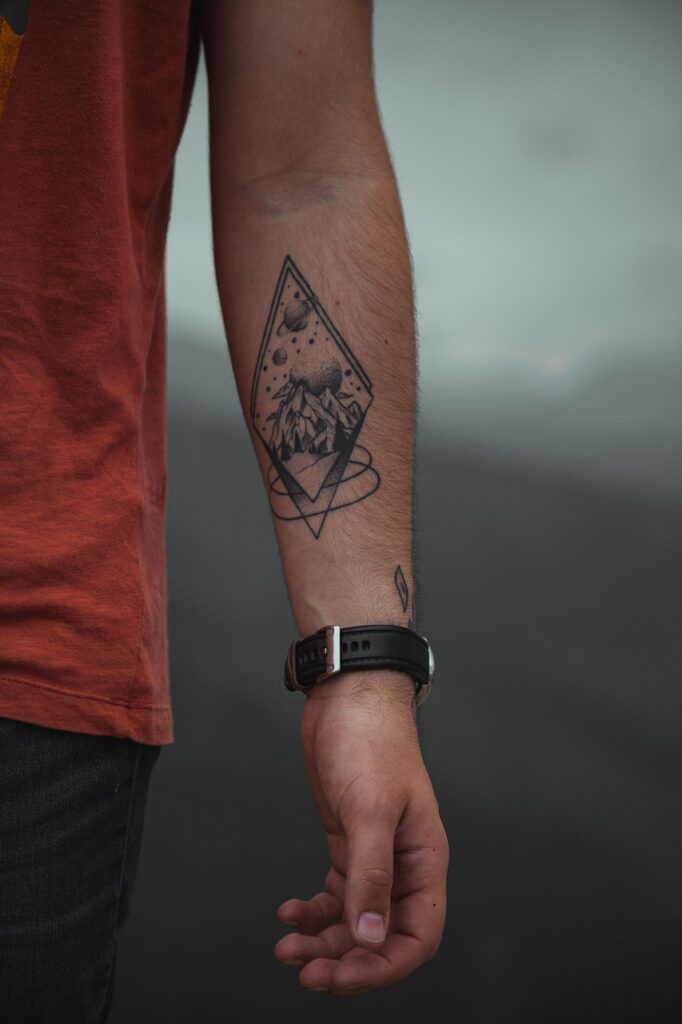
6. **The Bold Statement of Red Ink: A Fleeting Uniqueness?**Beyond the traditional black and vibrant full-color sleeves, a specific hue has carved out its own niche in the world of tattoo trends: red ink. Lucie, the 24-year-old artist, has observed, “I’ve also seen a trend for red ink tattoos.” This choice of pigment often feels like a deliberate step away from the conventional, offering an “edgy, unique look” that stands out against skin tones. It provides a distinct visual signature, appealing to those seeking something a little different without committing to a multi-hued piece.
However, Lucie expresses a professional preference that hints at potential long-term satisfaction issues. While acknowledging that red ink tattoos “do think these look nice,” she quickly adds, “black ink looks much cleaner and sharp to me. I think people may start thinking the same soon.” This comparison highlights a common artistic and aesthetic dilemma. Black ink offers unparalleled contrast and definition, enduring gracefully over time. Red, while striking initially, might not possess the same timeless clarity, and its perceived “edginess” could be subject to the whims of fashion.
The question then becomes: will the “edgy, unique look” of red ink maintain its appeal as a trend? Lucie herself speculates, “I definitely think red ink tattoos will go out of style eventually.” This speaks to the broader understanding that all trends, no matter how appealing at their peak, eventually ebb and flow. What seems cutting-edge and distinctive today can, through overexposure or simply a shift in collective taste, become something less desirable tomorrow.
Ultimately, choosing red ink for its “unique” quality runs the risk of tying your tattoo directly to a fleeting aesthetic moment. While the individuality might feel liberating now, if the trend shifts, that uniqueness might transform into a dated appearance. Just like a specific clothing color can quickly go out of fashion, so too can a tattoo color. It’s another powerful example of how a permanent decision, made in pursuit of a temporary trend, can lead to a “fade to shame” where the wearer is left with an enduring mark that no longer aligns with current sensibilities or their own evolving preferences.
7. **Bold Blackwork and Its Potential Time Limit**Moving beyond delicate designs, blackwork offers a powerful visual statement with solid blocks of black ink. It’s an aesthetic that truly demands attention, often chosen for its modern and striking intensity, providing a clear departure from more understated options. For many, it signifies an embrace of strong, undeniable presence on their skin.
However, despite its commanding presence, some artists question blackwork’s long-term staying power. Ben, a 28-year-old tattoo artist, suggests that while traditional work endures, “things like blackwork [a bold style with solid blocks of black ink] may have a time limit.” His observation, stemming from experience with clients, many of whom are young adults experimenting with style, highlights a professional concern about its longevity.
This trend often aligns perfectly with a current alternative fashion, but here lies the dilemma: fashion is inherently fluid. As Ben wisely points out, you can buy new clothes or get a new haircut, but “you can’t get rid of the tattoos.” A bold statement that fits today’s look might significantly clash with a future, perhaps more subtle, personal aesthetic. This can lead to a profound sense of misalignment and regret.
Blackwork certainly holds artistic merit, but for those drawn to it primarily for its trendiness or alignment with a fleeting style, Ben’s warning is crucial. What feels cutting-edge today could easily become dated tomorrow. It forces a deep consideration of whether such a monumental commitment truly aligns with one’s evolving identity, or if it’s destined to join the “fade to shame” roster.
8. **Politically Charged Ink: Activism or Aspiration?**In our socially conscious era, political statements have naturally found their way onto skin. These tattoos, whether symbols of solidarity or explicit messages, aim to be permanent declarations of belief. They are a visible sign of commitment to a cause, allowing wearers to publicly stand by their values through body art. Many view this as a powerful and meaningful form of self-expression.
Yet, this trend carries potential pitfalls, particularly when the true motivation behind the ink is unclear. Jemima, a 23-year-old artist, expresses specific concern about “cutesy ACAB tattoos,” especially among “white, upper-class southerners.” She questions their “motivation,” wondering if they truly “believe it or even care at all” about the communities most affected by police, implicitly raising concerns about performative activism.
When a tattoo serves as an accessory to a perceived identity rather than an authentic reflection of deep beliefs and actions, regret often looms. As societal conversations evolve and individuals mature, a politically charged tattoo from an earlier phase might no longer align with their current perspective or actions. What felt powerful initially could, in retrospect, feel disingenuous or embarrassing.
Jemima’s observations highlight the risk that some politically charged tattoos, adopted for trendiness or social capital, might become symbols of a past, less informed self. The ink’s permanence starkly contrasts with fluid social trends and personal evolution, leaving wearers to grapple with a lasting declaration that no longer resonates with their reality.
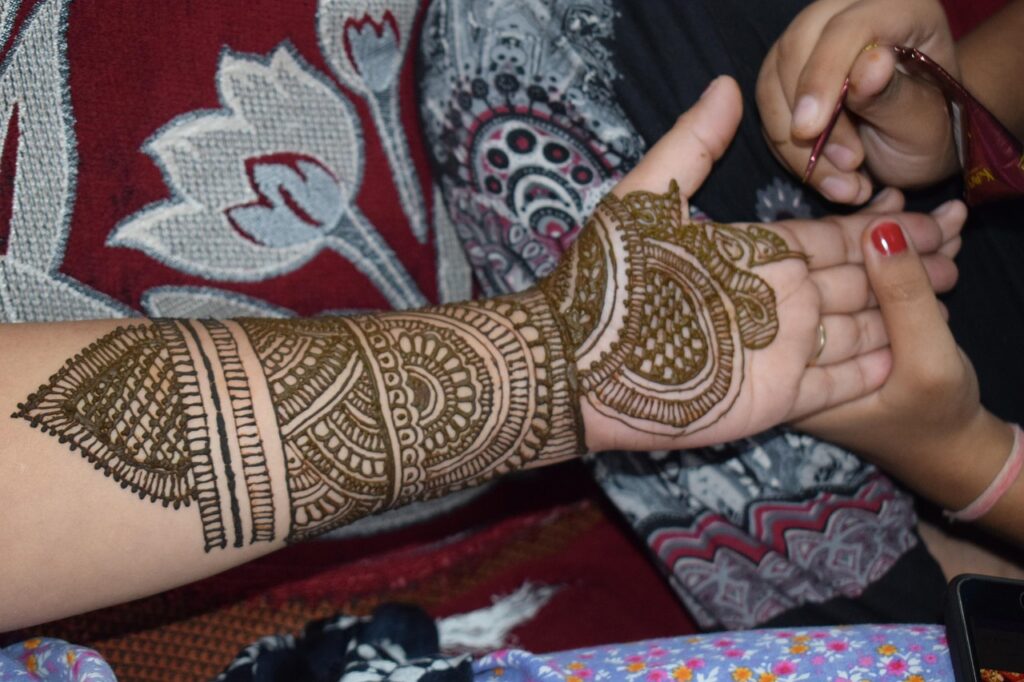
9. **The High-Stakes Game of Face Tattoos**Few tattoo placements make a statement as bold as the face. Influenced by figures like XXXTentacion and Lil Peep, face tattoos have evolved from a niche choice into a prominent trend, particularly among younger generations. This highly visible art instantly communicates individuality and a willingness to push boundaries, making it the ultimate canvas for those aiming to stand out.
However, the allure of such a powerful statement often brings significant long-term implications. Amy, a 22-year-old artist, candidly states that such choices often “stem from a place of ‘rebellion’.” While this impulse is common in youth, the permanence of a face tattoo far outlives the typical rebellious phase. What feels edgy at 18 can become a profound professional or social hurdle at 28 or 38.
Our context explicitly warns that “Hand, neck, and face tattoos are trending but can limit job opportunities.” This isn’t just a hypothetical concern; it’s a harsh reality. Sara Beth Clark shared how a chest tattoo was “most limiting” in her modeling career, and face tattoos carry an even greater weight in terms of societal perception and professional barriers. The desire for outward validation can lead to choices not fully considered for their lifelong impact.
Ultimately, a face tattoo is an unmissable, permanent declaration. It shapes how the world perceives you long after the initial impulse of trend-following fades. As individuals grow and their aspirations shift, these highly visible tattoos can transform from a badge of honor to a source of deep regret, a painful realization that some statements are best left un-inked on such a public canvas.
Read more about: Hollywood’s Ultimate Demise Kings: Unmasking the Actors Who’ve Died the Most On-Screen, From Voice Legends to Action Icons
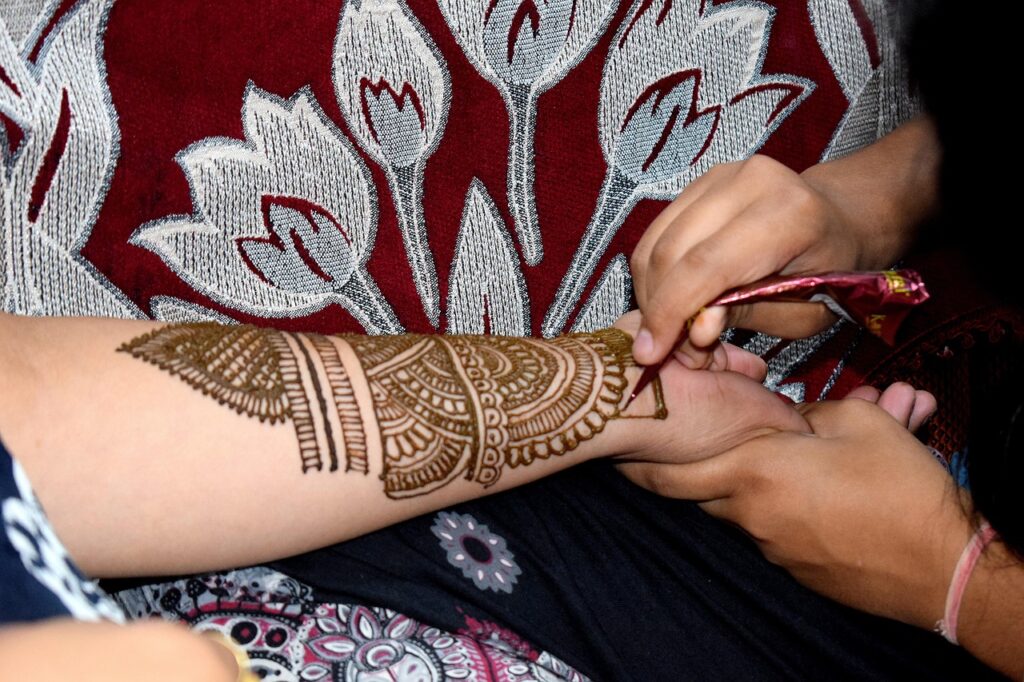
10. **Matching Tattoos: Love Lasts, But Do Relationships?**Matching tattoos symbolize ultimate unity – be it friendship or romantic devotion. Whether a tiny heart with a bestie or a shared symbol with a partner, the appeal of matching ink is clear. It feels like a beautiful, permanent testament to a bond, visually cementing a connection that, in the moment, feels unbreakable. Celebrities often fuel this trend, making it seem like a meaningful gesture.
However, this personal act carries a significant caveat: relationships are rarely as permanent as tattoos. Tattoo artist Tamsin Holly offers a direct, relatable warning: “I’m not against getting a tattoo with your partner, whether that’s matching or not. But if you’ve only been with that person for six weeks…you don’t know them well enough to be getting matching tattoos. You will end up getting it covered up. Maybe wait at least a year.” This highlights the impulsive nature of many such decisions.
Gen Z’s experience further confirms this, with “identical matching tattoos (that ex-friends or ex-partners also have)” frequently regretted. A joyous symbol of connection quickly turns into a painful, unwanted reminder once the relationship sours. The removal process, as Sara Beth Clark noted, is “incredibly painful and time-consuming,” making matching ink a double-edged sword: beautiful in love, but a lasting scar if the bond breaks.
When a relationship ends, the physical symbol remains, often causing distress, embarrassment, or constant reminders of the past. It’s a powerful lesson in the difference between temporary human connections and permanent body modifications. Tamsin’s advice isn’t to discourage love, but to encourage foresight for a decision that will literally remain with you, even if your partner doesn’t.
11. **Cringey Quotes, Song Lyrics, and Trendy Sayings**The appeal of text-based tattoos is undeniable. A meaningful quote, a powerful song lyric, or a phrase capturing a moment can feel like the ultimate personal statement etched onto your skin. It’s an opportunity to visibly carry words that inspire, define, or represent a significant chapter of your life, aiming for profound self-expression that resonates deeply with your current identity.
Yet, the permanence of ink clashes spectacularly with the fleeting nature of language and personal taste. Amy, our 22-year-old artist, delivers a stark warning: “anything that’s a trendy saying at the time, or a meme. You’ll regret it. Because all memes become cringey. Like, think of a meme from 2016 and it makes your spine curl.” This applies equally to sayings that feel profound in youth but lose their luster with age.
Gen Z’s top regrets include “Cringey quotes or song lyrics,” highlighting how quickly deeply significant words can become embarrassing. A quote perfectly capturing angsty teenage years, or a lyric from a band you outgrew, might feel like a permanent relic of a past self. The intensity of youthful emotions often drives these choices, but hindsight can be brutal, making these textual declarations feel incredibly dated.
Unlike an image, a quote carries a direct, unchanging meaning, which can become rigid as your understanding and identity evolve. A phrase that felt rebellious or unique yesterday might feel trite or even contradictory to the person you’ve become. This leaves a permanent narrative on your skin that no longer tells your true story, a poignant reminder to consider how words, powerful as they are, might age when indelibly marked.

12. **The Impulsive Allure of Vacation Tattoos**There’s a certain romantic appeal to a “vacation tattoo”—a spontaneous, exhilarating decision made far from the daily grind, perhaps after a few too many drinks with friends. It’s a unique souvenir, a permanent mark commemorating a wild trip, a new adventure, or a moment of carefree abandon. The story behind it often feels as exciting as the ink itself.
However, the charm of spontaneity can quickly fade when confronted with the reality of a “sh***y” tattoo, as Tamsin Holly bluntly states. She vividly recalls having to “reline…and fix” numerous “little red chilli pepper tattoos” from drunken holiday escapades. This powerfully illustrates the stark contrast between the romanticized ideal and the often-poor quality outcome.
Tamsin’s essential advice, “Make the decision when you’re sober and go to a reputable artist. Don’t get the drunk holiday tattoo,” cuts through the celebratory haze. Impulsive decisions, especially when fueled by alcohol and a relaxed mindset, rarely result in thoughtful, high-quality body art. The rush to get something done, often driven by peer pressure, bypasses critical steps like choosing a skilled artist and considering the design’s longevity.
The consequence is often a poorly executed, easily regrettable piece of ink. It serves less as a fond memory and more as a permanent reminder of a fleeting, ill-advised decision. These tattoos become a testament not to a cherished trip, but to a moment of impulsivity, often requiring expensive removal or a cover-up, echoing Gen Z’s regret of not thinking about designs long-term or choosing cheap artists.
As we’ve journeyed through these twelve once-trendy tattoos now steeped in regret, a clear pattern emerges: the clash between permanence and passing fads. While tattoos are deeply personal expressions, rapidly accelerating trend cycles, coupled with impulsive decisions and external pressures, have created fertile ground for remorse. From pop culture homages that lose their relevance to bold statements that no longer align with evolving identities, each regrettable tattoo tells a story of a moment in time, permanently etched. The key takeaway, echoed by seasoned artists and those who’ve experienced regret, is simple yet profound: truly meaningful tattoos, born from careful consideration and authentic self-reflection, are the ones that gracefully stand the test of time. So, before you dive headfirst into the next viral ink trend, remember that your skin is a canvas for life, not just for a fleeting moment. Choose wisely, choose meaningfully, and most importantly, be gentle with yourself, for who you are today is not who you’ll always be, and that’s perfectly okay.


